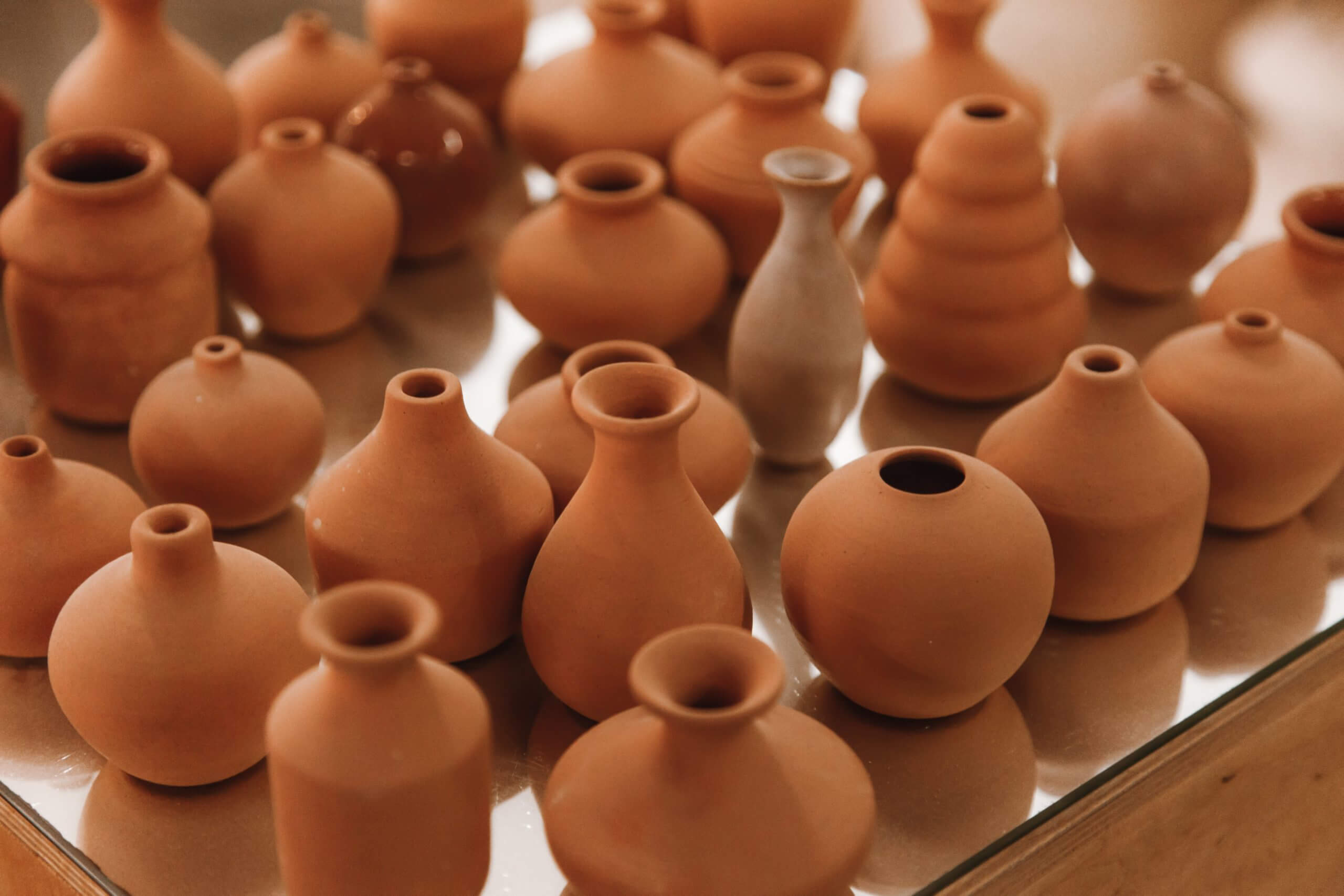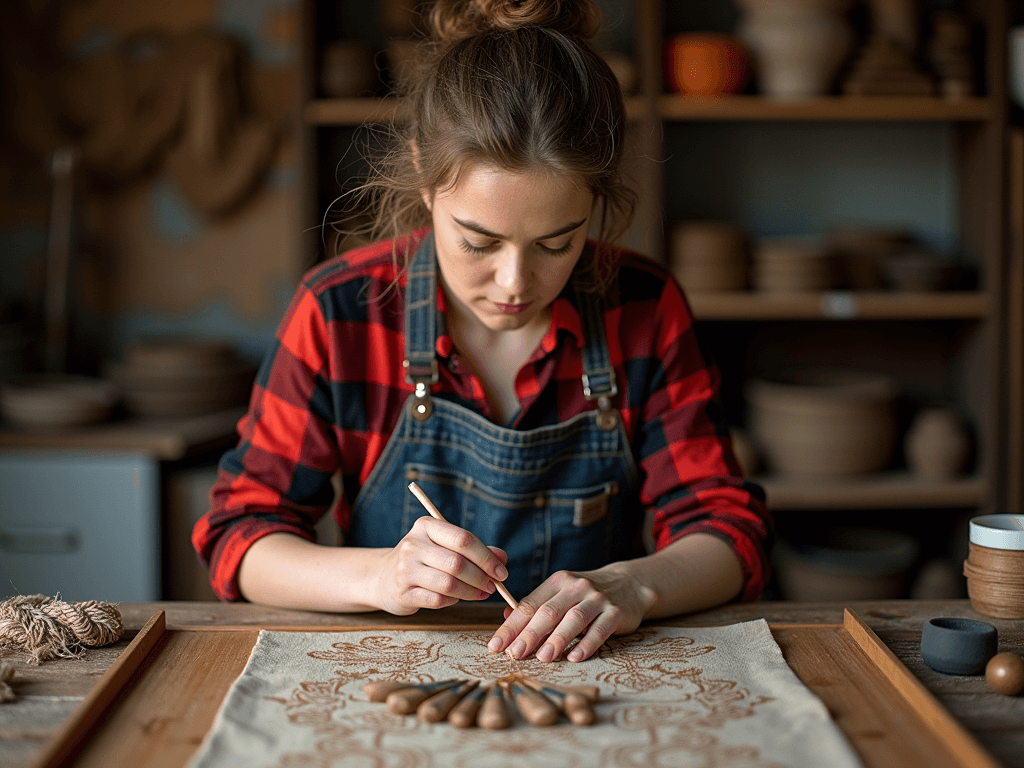In a world increasingly dominated by technology, speed, and mass production, arts and crafts are experiencing a surprising and meaningful revival. From pottery and painting to knitting, woodworking, and digital crafting, creative hobbies are more popular than ever. Arts and crafts are no longer seen only as pastimes; they are becoming essential avenues for self-expression, mindfulness, and even sustainable living. This article explores why arts and crafts matter today, how they have evolved, and what role they play in shaping both individuals and communities.
A Brief History of Arts and Crafts
Arts and crafts have been integral to human culture since prehistoric times. Ancient civilizations used pottery, weaving, and carving not only for practical purposes but also as ways to tell stories, express beliefs, and preserve traditions.
The modern Arts and Crafts Movement, which began in the late 19th century in Britain, was a reaction against industrialization. Thinkers like William Morris emphasized handmade goods, craftsmanship, and beauty in everyday objects. Their philosophy—that artistry and utility should go hand in hand—still influences creators today.
Arts and Crafts as Therapy
One of the most profound aspects of arts and crafts is their therapeutic value. Creating something with one’s hands allows for relaxation and mindfulness, similar to meditation. Studies show that engaging in crafts like knitting, drawing, or woodworking reduces stress, improves focus, and promotes a sense of accomplishment.
This concept has given rise to art therapy, a recognized practice in psychology. Patients use creative activities to express emotions, cope with trauma, and enhance mental health. The tactile, immersive process of working with materials brings people into the present moment, making arts and crafts a form of healing in modern life.

The DIY Movement and Creativity at Home
In recent years, the DIY (Do It Yourself) movement has gained momentum worldwide. Platforms like Pinterest, YouTube, and TikTok have inspired millions to try hands-on projects at home—from home décor and upcycling furniture to handmade gifts and seasonal crafts.
The DIY trend reflects a growing desire for personalization and authenticity. Instead of buying mass-produced items, people are finding satisfaction in creating unique pieces that reflect their own style. Crafting also fosters resilience and resourcefulness, teaching valuable skills that were once commonplace but had declined in the age of convenience.
Sustainability and the Eco-Friendly Side of Crafting
Sustainability is one of the reasons arts and crafts are thriving in the 21st century. Handmade creations often encourage recycling, upcycling, and eco-friendly practices. Crafters repurpose old fabrics into quilts, turn glass jars into lanterns, and carve furniture from reclaimed wood.
By reducing reliance on mass-produced, disposable goods, crafts contribute to environmental awareness. The idea of slow crafting mirrors the “slow food” movement, emphasizing thoughtful creation over fast consumption. Each handmade item becomes a symbol of sustainability, creativity, and care.
Technology Meets Craft: The Rise of Digital Arts
While arts and crafts are often associated with traditional, hands-on practices, technology has opened new horizons for creativity. Digital tools allow artists and crafters to blend old techniques with modern innovation.
-
3D Printing: Makers can design and print jewelry, models, and even customized home décor.
-
Laser Cutting and CNC Machines: These technologies enable intricate wood, metal, and fabric designs with precision.
-
Digital Illustration: Software like Procreate and Adobe Illustrator has made art more accessible, allowing anyone to create and share digital pieces.
The integration of technology expands possibilities, bridging traditional craftsmanship with futuristic creativity.
Arts and Crafts in Education
Arts and crafts play a vital role in education, especially for children. Creative activities help develop motor skills, hand-eye coordination, and problem-solving abilities. They encourage imagination, patience, and resilience.
Schools are increasingly incorporating STEAM (Science, Technology, Engineering, Arts, Mathematics) education, recognizing that creativity and innovation go hand in hand. Craft projects not only foster artistic growth but also teach collaboration and communication. For many students, arts and crafts provide a safe space to express individuality and build confidence.
From Hobby to Business: The Craft Economy
For many people, arts and crafts are more than a hobby—they are a livelihood. Online marketplaces like Etsy, Amazon Handmade, and Shopify allow creators to sell handmade jewelry, candles, ceramics, and more to global audiences.
The craft economy empowers artisans to transform passions into small businesses. Consumers, in turn, are drawn to handmade items for their uniqueness and authenticity, often preferring them over factory-made products. The “buy local, buy handmade” trend strengthens communities, supports artisans, and keeps traditional skills alive.
The Social Power of Crafting
Arts and crafts also foster social connections. Craft fairs, workshops, and online communities bring people together around shared interests. Knitting circles, pottery classes, and maker spaces create opportunities for collaboration, learning, and friendship.
During the COVID-19 pandemic, online craft groups grew significantly, offering people comfort and connection during isolation. Virtual workshops allowed people worldwide to share techniques and inspire one another. In many ways, arts and crafts bridge generational and cultural divides, offering common ground for creativity.
Popular Crafts Today
The world of arts and crafts is diverse and ever-changing. Some of the most popular forms today include:
-
Knitting and Crochet: Classic crafts experiencing a revival among younger generations.
-
Resin Art: Used to make jewelry, keychains, and home décor.
-
Pottery and Ceramics: Valued for their tactile, grounding process.
-
Scrapbooking and Journaling: Blending creativity with memory-keeping.
-
Painting and Calligraphy: Mixing traditional art with modern design.
-
Woodworking: Both functional and decorative, appealing to DIY enthusiasts.
-
Embroidery and Sewing: Combining fashion, art, and sustainability.
These crafts demonstrate the wide appeal of creative hobbies, catering to both relaxation seekers and ambitious entrepreneurs.
The Future of Arts and Crafts
Looking ahead, arts and crafts will continue to evolve alongside cultural and technological trends. Key themes for the future include:
-
Integration with Wellness: More people will turn to crafting for stress relief and mindfulness.
-
Hybrid Approaches: Traditional crafts will merge with digital tools, creating new art forms.
-
Community Building: Crafting will remain a way to connect, whether in person or online.
-
Sustainability: Eco-friendly crafting will grow in importance, emphasizing repurposing and ethical sourcing.
-
Global Exchange: Social media will continue to expose crafters to global traditions and inspire new fusions.
Arts and crafts are timeless because they fulfill a deep human need to create, connect, and express.

Conclusion
The resurgence of arts and crafts in the modern era shows that creativity is a universal, enduring force. Whether practiced as a hobby, therapy, education, or business, crafting enriches lives in countless ways. It combines tradition with innovation, individuality with community, and artistry with sustainability.
In a society often defined by speed and technology, arts and crafts remind us to slow down, work with our hands, and appreciate the beauty of making something unique. More than just objects, handmade creations carry stories, emotions, and connections—linking us to the past while shaping a more mindful and creative future.

